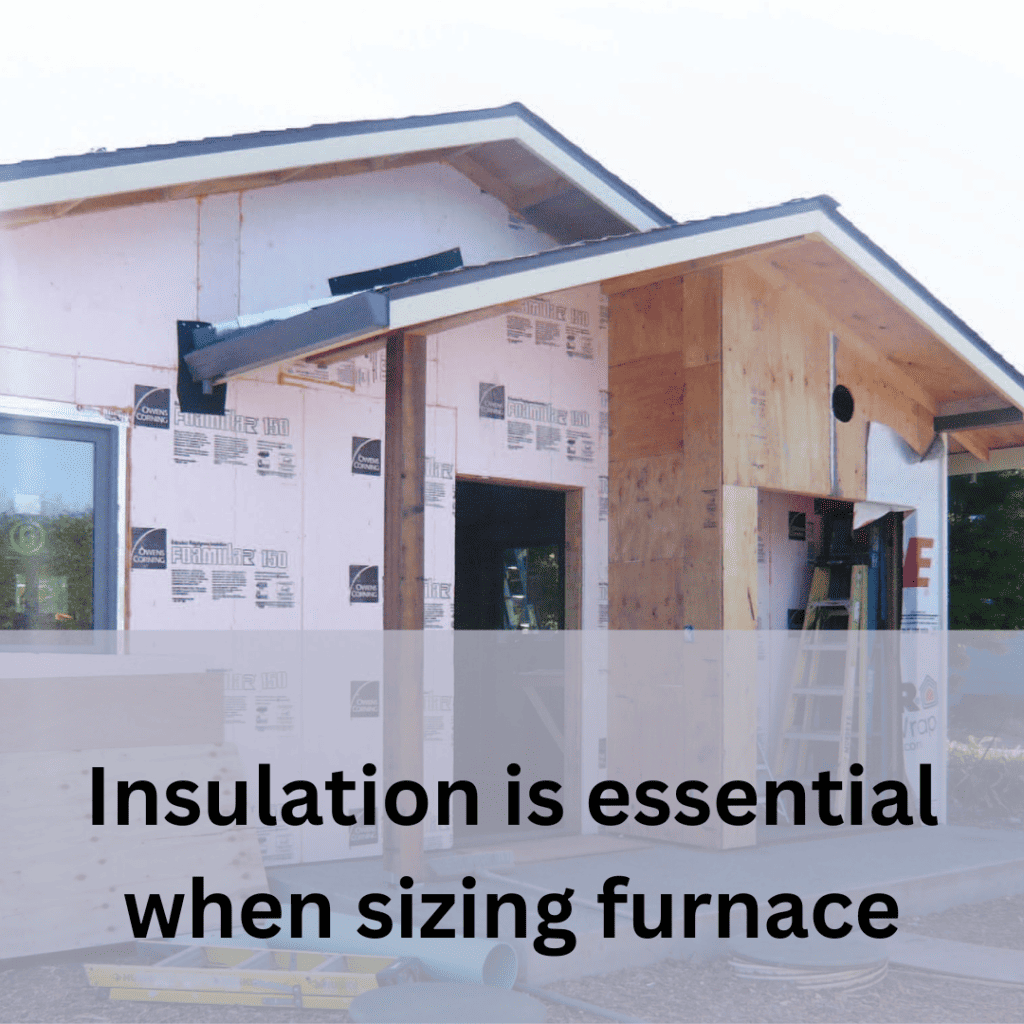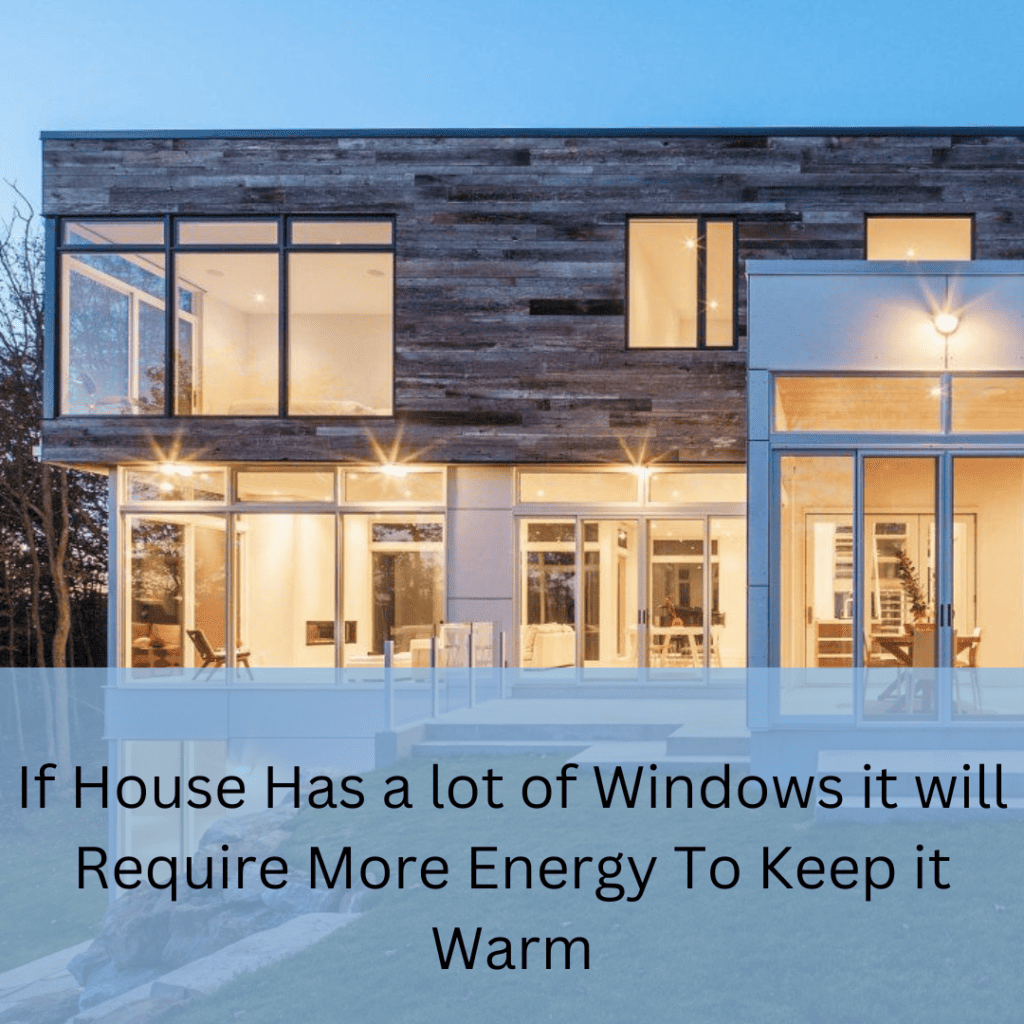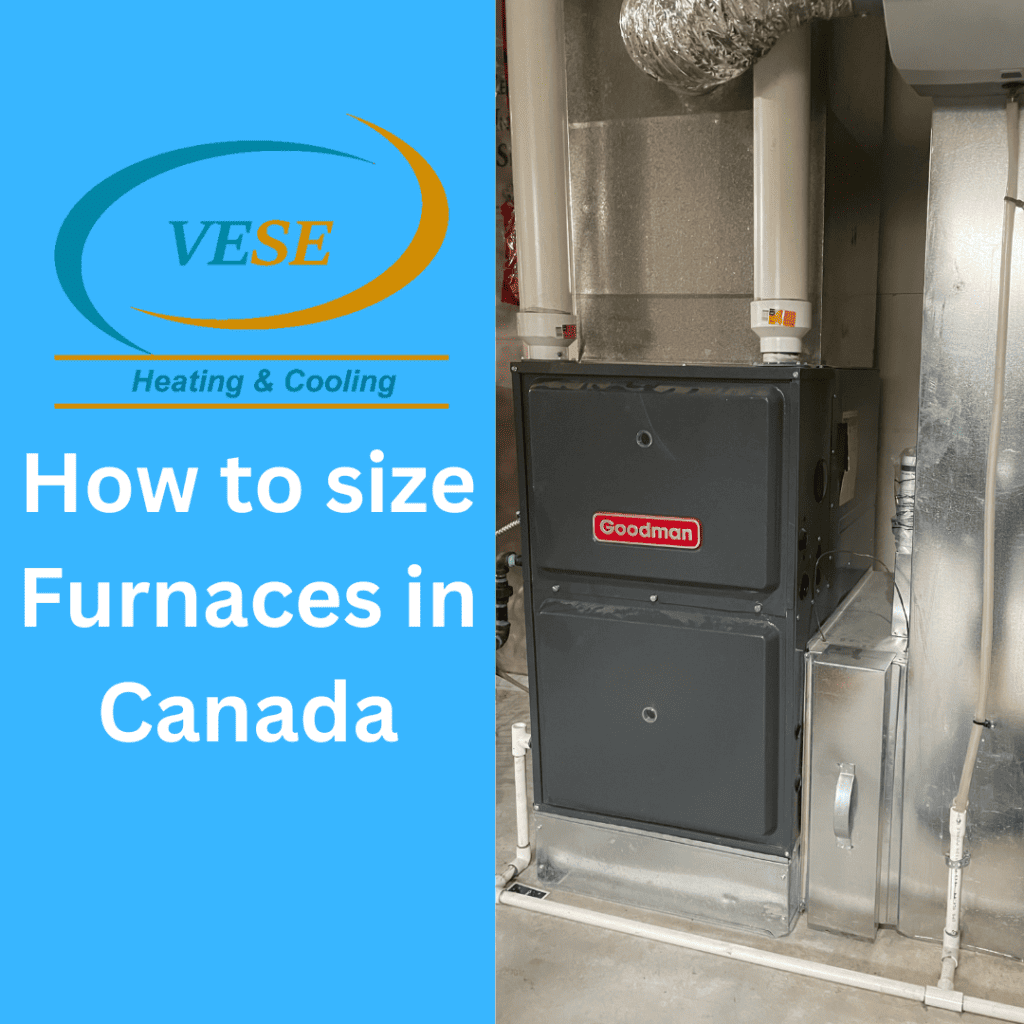We want to feel cozy inside when it’s freezing outdoors. Nothing is more important to provide comfort in the winter than a furnace, which is the basis of home heating in Canada How to size a furnace in Canada. Therefore, the furnace must be the correct size in order to operate well. It’s all too typical to choose the wrong size furnace for your house, which can result in uncomfortable temperatures and unnecessary waste of energy which converts to a higher energy bill. In this article, we will provide instructions on how to precisely determine the furnace size that is the best fit for your home.
What Will Happen When a Furnace Is Too Large for Your House
Some people might believe that installing a bigger furnace will keep their house more comfortable, but this is untrue. Having an excessively large furnace can result in the following issues:
- You’ll feel uncomfortable. When it gets chilly, oversized furnaces often short cycling and cause particular areas of the house to warm up too quickly and become uncomfortably hot. The furnace will then turn off, as a result, making some areas of the house feel like an oven and others like a freezer.
- Short lifespan. The furnace will wear out the system prematurely if it is constantly turned on and off.
- Less energy efficiency. Frequent turning on and shutting off makes oversized furnaces inefficient.
What Will Happen When the Furnace Is Undersized For Your House
There are a number of issues you’ll have if your furnace is too small for your house, and many of them are similar:
- You’ll feel uncomfortable. This is especially true during the coldest months of the year when your furnace will struggle to keep up with the low temperatures. Undersized furnaces cannot provide comfortable temperatures in your home.
- Short lifespan. Your furnace will wear out sooner.
- High energy bills. Your furnace will be running constantly, which will result in higher monthly energy bills.
Why Furnace Size Is So Important
It’s very easy to make a wrong decision when choosing new equipment for your house, but furnaces should be sized correctly, otherwise, it will be an expensive mistake.
A large furnace will cycle erratically. This is really bad because it will cause hot and cold spots around the house, diminish efficiency, and shorten the furnace’s lifespan.
A furnace that is undersized will run constantly and would be unable to maintain a reasonable temperature in your home. Your energy costs will go up, the unit will have constant reliability issues, and the furnace’s lifespan will be shortened due to excessive load.
Important to consider the Layout, Orientation, when sizing furnace
Because there are so many factors that can affect the amount of heat needed for a house, the design of a home is crucial to take into account when sizing a furnace.
One of them is orientation. South-facing homes receive more sunlight, which you can take advantage of in the winter by letting in light and allowing the sun to warm your home. In other words, south-facing residences may be able to use smaller furnaces than homes in shadow.
The number of floors in your home will also have an effect on your BTU requirements, but perhaps not in the way you think. A 1,000-square-foot single-floor home will require a somewhat larger furnace than a 1,000-square-foot two-floor home since the second floor adds insulation, lowering heating requirements.

Insulation, and age of the house
Before 1980 Insulation builders’ use was not as efficient as it become after the year 1980. Insulation is an important tool that can increase the efficiency of your home. Homes that are well-sealed and have thick insulation are more efficient, and efficient homes can typically get away with smaller furnaces.
Insulation is essential not only in the walls, but also in the attic, crawlspace or basement, and roof to minimize heat loss.

Amount of windows, skylights, and doors in the house
Windows, skylights, and doors, especially older ones that aren’t energy-efficient and properly sealed, can be notorious for leaks and draughts. The greater the amount of glass and entryways, the more BTUs you’ll need to compensate for heat loss.
If you don’t have many windows or skylights, if they’re modest, or if they’re well-insulated and energy-efficient, a slightly smaller furnace may be sufficient.
What furnace size does your house need?
Obviously, you require an efficient furnace that will heat your home comfortably and efficiently. So, first of all, we need to know, how big is your house? Based on a home’s square footage, these are some commonly recognized BTUs (British Thermal Units are a conventional value attributed to heat). The more square footage there is, the more BTUs are needed in order to provide sufficient heat. Important: The basement is not included in the calculations below because it does not add much to the load. However, if the area is large and entirely finished, your contractor will make any necessary alterations.
And second, we need to know when the house was built, because Homes that were built before 1980 need 50 BTU per square foot.
Homes after 1980 and before 2005 need 45 BTU per square foot.
And lastly, Homes build after 2005 need 40 BTU per square foot.
Also, we need to know Climate Zone where the house is located in order to properly size the furnace.

So let’s begin, Edmonton is located in Climate Zone 2, by the way, it’s not the coldest climate zone in Canada. So, to calculate the size of the furnace we need to know a couple of things.
1. Square footage of the house
2. A year when the house was built.
- Homes before 1980 need 50 BTU per square foot.
- Homes after 1980 and before 2005 need 45 BTU per square foot.
- Homes after 2005 need 40 BTU per square foot.
Example:
For this example, we have a detached house in Edmonton which was built in the year 1992. We Multiply your square footage by 45. So if the house size is 1800 sq ft. Our calculation will give us the number of 81000 BTUs, which should comfortably keep the occupant of the house in our Edmonton climate which is zone number 2.
| Detached House square footage * | Furnace Output [BTU/hr] | Furnace Output [BTU/hr] | Furnace Output [BTU/hr] |
| House Built before the year 1980 | House Built after 1980 and before 2005 | House Built after the year 2005 | |
| 1300 sq ft | 65000 BTU/hr | 58500 BTU/hr | 52000 BTU/hr |
| 1700 sq ft | 85,000 BTU/hr | 76,500 BTU/hr | 68,500 BTU/hr |
| 2100 sq ft | 105,000 BTU/hr | 94,500 BTU/hr | 84,000 BTU/hr |
| 2500 sq ft | 125,000 BTU/hr | 112,500 BTU/hr | 100,000 BTU/hr |
| 2900 sq ft | 145,000 BTU/hr | 130,000 BTU/hr | 116,000 BTU/hr |
Have a Furnace Sized Professionally
A professional HVAC expert’s examination is the best approach to ensure your furnace is the proper size for your home.
Here at Vese, we’d be pleased to provide you with experienced and fair advice on whether you should repair or replace your heating or cooling system. As a family-owned and operated business, we want to keep you as a customer for a long time. HVAC specialists will be able to determine the square footage of your home properly, take into account all of the other factors that can influence furnace size, and provide you with a specific BTU that your house requires.

